|
By Studio Harcourt - RMN, Public Domain, https://commons.wikimedia.org/w/index.php?curid=76212655 Ever since I first discovered some of Marcel Pagnol's books in the shelves of the local library, I have absolutely adored his work and wanted to know as much about him as possible. I have yet not visited his birthplace or walked in his footsteps in Provence, but I will definitly do that the next time I visit. Here and now, I just want to share with you a little bit of what I've learned about him, and introduce you to some of his wonderful novels, which have also been adapted for cinema. If you follow the links, you'll be able to enjoy some of the newest adaptions to film, and once you've watched those, I'm quite sure you'll want to see more, especially if you love everything French and Provence in particular. So let me tell you about ... Marcel Pagnol (28 February 1895 – 18 April 1974): He was a French novelist, playwright, and filmmaker. In 1946, he became the first filmmaker elected to the Académie française. Although his work is less fashionable than it once was, Pagnol is still generally regarded as one of France's greatest 20th-century writers and is notable for the fact that he excelled in almost every medium, - memoir, novel, drama and film. Marcel Pagnol was born on 28 February 1895 in Aubagne, in the Bouches-du-Rhône department, which is situated in the south of France, near Marseille. He was the eldest son of Joseph Pagnol, who was a school teacher, and Augustine Lansot, who was a seamstress. Marcel grew up in Marseille with his younger brothers Paul and René, and his younger sister Germaine. School years According to Wikipedia, the family rented a house in the sleepy Provençal village of La Treille in July 1904. The house was called the Bastide Neuve, and was situated in the hilly countryside between Aubagne and Marseille. The family spent many summers there, and it was a very happy time for Marcel. But about the same time, his mother's health, which had never been robust, began to noticeably decline. Sadly, on 16 June 1910 she died of a chest infection ("mal de poitrine") at the age of only 36. Marcel's father remarried in 1912. In 1913, at the age of 18, Marcel passed his baccalaureate in philosophy and started studying literature at the University in Aix-en-Provence. When World War I broke out, he was called up into the infantry at Nice, but he was discharged in January 1915 because of his poor constitution ("faiblesse de constitution''). On 2 March 1916, he married Simone Colin in Marseille, and in November the same year, he graduated in English. He became an English teacher, teaching in various local colleges and at a lycée in Marseille. Career in Paris In 1922, he moved to Paris, where he taught English until 1927. He then decided to devote his life to playwriting instead. He belonged to a group of young writers during this time, and wrote a play, Merchants of Glory, in collaboration with one of them, a young man called Paul Nivoix. The play was produced in 1924, and was followed by Topaze in 1928, a satire based on ambition. Feeling exiled in Paris, he eventually returned nostalgically to his Provençal roots, and made this his setting for the play Marius. This play later became the first of his works to be adapted into a film in 1931. He separated from Simone Collin in 1926 and formed a relationship with the young English dancer Kitty Murphy, even though he was not divorced from Simone until 1941. His and Kitty's son Jacques Pagnol was born on 24 September, 1930. (Jacques later became his father's assistant and subsequently a cameraman for France 3 Marseille.) Filmmaking career In 1929, on a visit to London, Pagnol attended a screening of one of the first talking films. He was so impressed that he decided to devote his efforts to cinema. He contacted Paramount Picture studios and suggested adapting his play Marius for cinema. This was directed by Alexander Korda and released on 10 October 1931. It became one of the first successful French-language talking films. In 1932 Pagnol founded his own film production studios in the countryside near Marseille. Over the next decade Pagnol produced his own films, taking many different roles in the production – financier, director, script writer, studio head, and foreign-language script translator – and employing the greatest French actors of the period. On 4 April 1946, Pagnol was elected to the Académie française, taking his seat in March 1947, the first filmmaker to receive this honour. Themes of Pagnol's films In his films, Pagnol transfers his playwriting talents onto the big screen. His editing style is somberly reserved, placing emphasis on the content of an image. Pagnol relied on film as an art to convey a deeper meaning, rather than just as a tool to tell a story. Pagnol also took great care in the type of actors he employed, hiring local actors to appear in his films to highlight their unique accents and culture. Like his plays, Pagnol's films emphasize dialogue and musicality. The themes of many of Pagnol's films revolve around the acute observation of social rituals. Using interchangeable symbols and recurring character roles, such as proud fathers and rebellious children, Pagnol illuminates the provincial life of the lower class. Notably, Pagnol also frequently compares women and land, showing that both can be barren or fertile. Above all, Pagnol uses all this to illustrate the importance of human bonds and their renewal. Pagnol as a novelist In 1945, Pagnol remarried, to actress Jacqueline Pagnol. They had two children together, Frédéric (born 1946) and Estelle (born 1949). Estelle died at the age of two. Pagnol was so devastated that he fled the south and returned to live in Paris. He went back to writing plays, but after his next piece was badly received, he decided to change his job once more and began writing a series of autobiographical novels – Souvenirs d'enfance – based on his childhood experiences. In 1957, the first two novels in the series, La Gloire de mon père and Le château de ma mère were published to instant acclaim. On a personal note, I must say that I simply adore the film adaption of these novels! I first borrowed them at the library, but decided that these were films I just had to have my own copy of so I could watch them again and again. So far, I've bought La Gloire de mon père, and as soon as I can get hold of Le chateau de ma mère, I will buy that, too. 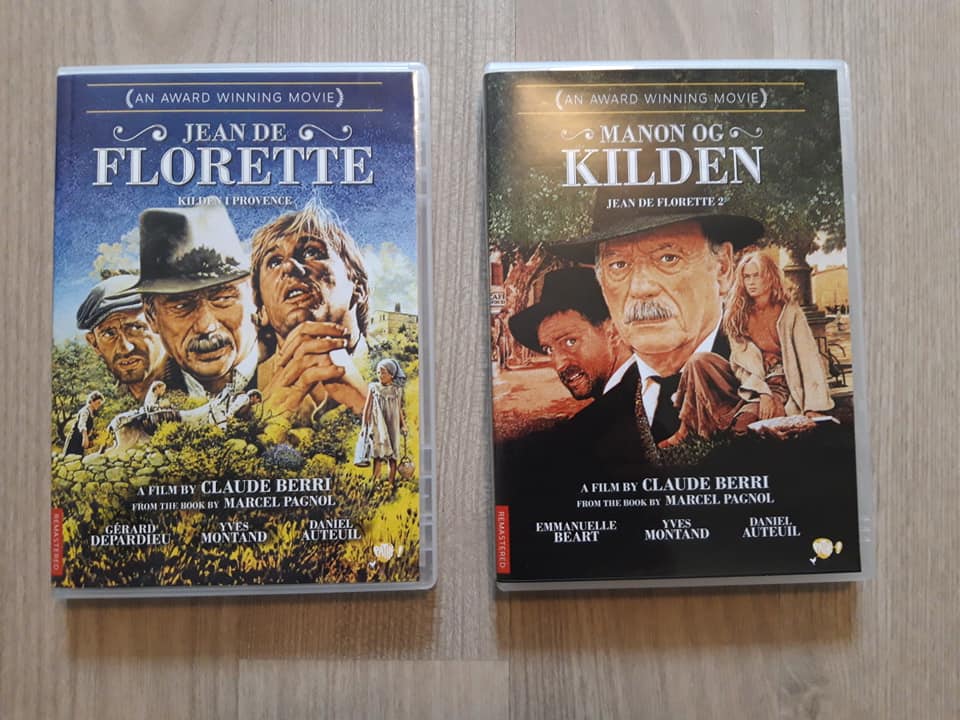 My DVD of La Gloire de mon père (top picture: Norwegian title). The third, Le Temps des secrets, was published in 1959, and the fourth, Le Temps des Amours, was to remain unfinished and was not published until 1977, after his death. In the meantime, Pagnol turned to a second series, L'Eau des Collines – Jean de Florette and Manon des Sources, which focused on the machinations of Provençal peasant life at the beginning of the twentieth century, and were published in 1962. Pagnol adapted his own film Manon des Sources, with his wife Jacqueline in the title role, into two novels, Jean de Florette and Manon des Sources, collectively titled L'Eau des Collines. Death Marcel Pagnol died in Paris on 18 April 1974. He is buried in Marseille at the cemetery La Treille, along with his mother, father, brothers, and wife. His boyhood friend, David Magnan (Lili des Bellons in the autobiographies), died at the Second Battle of the Marne in July 1918, and is buried nearby. Translations Pagnol was also known for his translations of Shakespeare (from English) and Virgil (from Latin). For a complete list of all of Marcel Pagnol's work, go here. (Main sources for this article: Wikipedia and YouTube.) Find out more If this made you want to find out more about Marcel Pagnol and his work, you can find lots and lots of film clips and documentaries on YouTube, but as a start, I suggest you listen to this French documentary. Not only will you learn more about Marcel Pagnol, but it's also a great opportunity to practice your French! :) I hope this article was of interest to you. Please share it with someone you think might like it, and of course you're more than welcome to follow my blog for more articles, including the French lifestyle and La Vie Adorable in general! À bientôt!
0 Comments
Picture from GoodReads I don't really know which came first: My love for books or my love for everything French. All I know is that I've been equally passionate about both since my early childhood, and the combination of the two is simply perfect, in my opinion. When I discovered the local library at the age of 11 or 12 and understood that I could go there and borrow ANY book for free, I felt like a whole new world opened up to me. To walk among the bookshelves, take in the smell of the books, touch them and read their titles in golden print, and enjoy the silence of the place, the serenity ... that was - and still is - one of my favorite activities in this world. I will never get tired of it. The library is like a treasure chest, full of diamonds just waiting to be discovered. I've found so many gems there over the years, and I've brought them home with so much anticipation and joy, and seldom - if ever - have I been disappointed. That's how I disovered Pierre Magnan. I was an adult then, and I think it must have been in the early 90's. When I saw those books sitting there on the library shelf, his name immediately caught my attention, since it was unmistakenly French. That alone was enough to catch my interest, and when I took a closer look at the books and found out that they were crime stories, set in Provence, I knew that I just had to read them. I borrowed all of them at once, and could hardly wait to get home and start reading. Thrilling detective stories from Provence I wasn't disappointed. The books I read were the ones that were translated into Norwegian at that point, and whose original titles are Le sang des Atrides (1976), Le Commissaire dans la truffière (1978), and Le secret des Andrônes (1982). The main charachter of the books is Commissaire Laviolette, who is a Detective Inspector in Alpes-des-Haute-Provence. The stories are exciting, the charachters quirky and intriguing, and the books describe perfectly the taste, smell and feeling of Provence. I simply loved them from the moment I started reading! I've later discovered that several of the books have been adpated for cinema and TV, and you can catch a glimpse of some of them on YouTube. My next project will be to seek out and watch all of them! HPhotos from Goodreads.com Who was Pierre Magnan? Pierre Magnan was a bestselling Frenh author of detective novels, born on September 19th 1922 in Manosque, France. He died on April 28th 2012, aged 89. He went to school in Manosque until the age of 12, and from the age of 13 until he was 20, he worked as a typographer. He started writing at the age of 15, and was greatly influenced by another famous writer from Manosque, Jean Giono, to whom he later dedicated a book. During World War II, he had to go into hiding in Saint-Pierre d'Allevard in Isère, to escape the service du travail obligatoire. He later joined the French resistance for the rest of the war. In Saint-Pierre d'Allevard, he met Thyde Monnier, a well-known female writer, and finally took the courage to show her some of his writing. She persuaded her editor to publish Pierre's first novel, L'aube insolite, in 1946. It wasn't a great success, but he followed up with 3 more novels, which were equally unsuccessful. He kept on writing, though, and to earn a living, he worked for a transport company, where he stayed for 27 years. He wrote a number of novels during those years, but none of them were published. Finally, in 1976, he got his break-through with the book Le Sang des Atrides, for which he even obtained Le Prix du Quai des Orfèvres in 1978. At the age of 56, his new career opened up in front of him, and a number of books followed. He wrote more than 30 books altogether, and has been translated into 7 languages. His most famous book is La maison assassinée, which he wrote in 1984, and for which he obtained le Prix RTL grand public. This book has also been made into a movie, like so many others of his novels. The stories about Commissaire Laviolette have also been adapted for television. You may say that Commissaire Laviolette is just as linked to "the land of lavender" - Provence - as Colin Dexter's Inspector Morse was to the colleges of Oxford. Pierre Magnan won several awards for his writing. According to Goodreads.com, he was never afraid to experiment, and shifted easily from fiction to non-fiction. For example, he wrote (among many other publications) a gentle portrait of his great influencer Jean Giono - Pour Saluer Giono (1990), a study of Provençal novels (Les Romans de ma Provence, 1998) and two volumes of memoirs. In The Essence of Provence (1998) he followed L'Occitaine from roadside soap stand to globally known brand, and his editor at Robert Laffont, Marie-Laure Goumet, has said that Provence was present in all of Pierre Magnan's books. Pierre Magnan lived in Alpes-de-Haute-Provence, in Fourcalquier, all his life. In his last years, he devoted himself to another police novel, called Chronique d'un château hanté, in which the story takes place in Manosque and Fourcalquier in a period stretching from la peste noire (1349-1350) up to the present time. It was published by Denoël in 2008, and was followed by a last book about Commissaire Laviolette, Élégie pour Laviolette, in 2010. Photos from Goodreads.com
Novels by Pierre Magnan:
(Source: Wikipedia) As mentioned above, his novels have been translated into 7 languages, and the English titles are (as far as I know): The Murdered House, Beyond the Grave, The Messengers of Death, and Death in the Truffle Wood. You can find most of his books on amazon.com, including both his fiction and non-fiction works. For a complete list of all of Pierre Magnan's work, check out this French Wikipedia article. It also contains a filmography of his work, which I myself find very interesting. I simply love a good crime story, whether in a book or on film, and the works of Pierre Magnan is something I take a particular interest in. ----------- I hope you've found this blog post interesting! You're most welcome to leave a comment below, and I also hope you'll share the article with someone else. Look out for my next article in this series about my favorite authors from Provence, which will be about Marcel Pagnol. If you want to make sure you don't miss out on any of my blog posts or news about upcoming events, sign up for my newsletter TODAY! Thank you for your interest in my blog, and I hope to see you again soon! À bientôt! |
Categories
All
Archive
November 2022
|
Copyright www.elsekosberg.com 2023
CONTACT INFORMATION:
E-mail: [email protected]
Mobile phone: +47-97 64 93 54
IF ALL YOU SEE IS AN EMPTY SCREEN: SCROLL UP TO FIND THE INFO!
HVIS DU KUN SER EN TOM SKJERM: SCROLL OPP FOR Å FINNE INFO!
PRIVACY POLICY
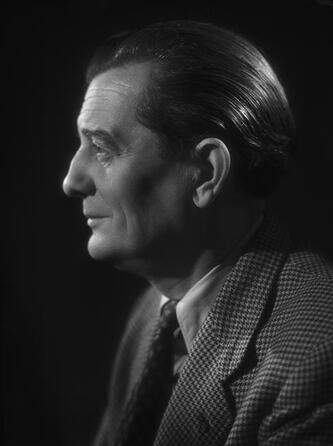
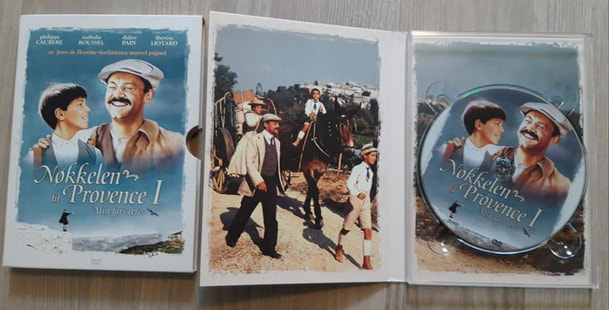
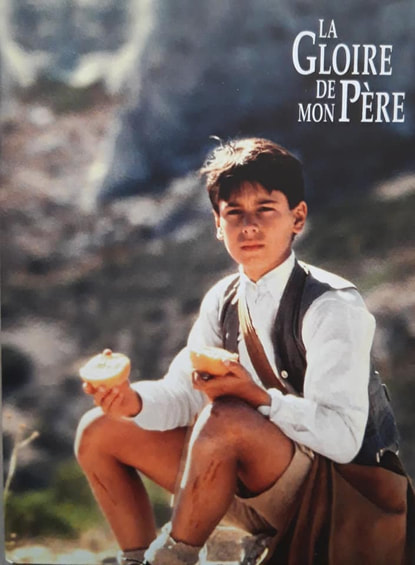
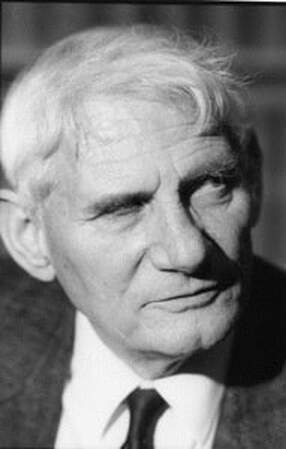
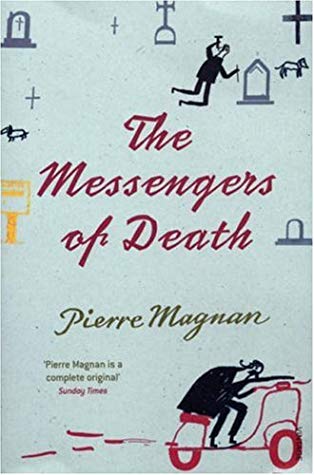
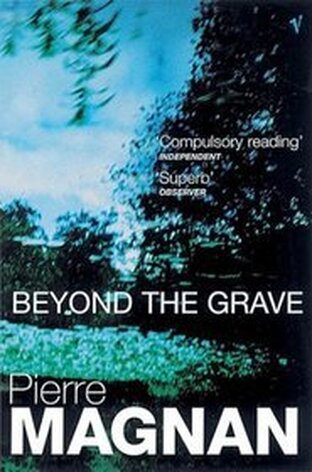
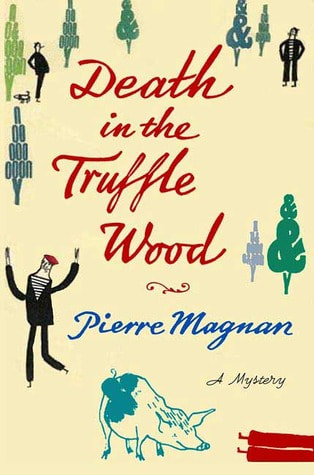
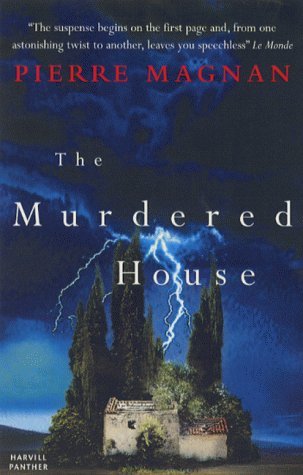
 RSS Feed
RSS Feed